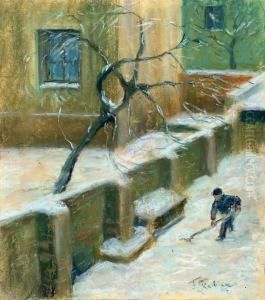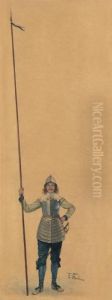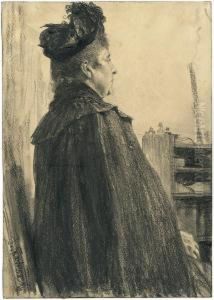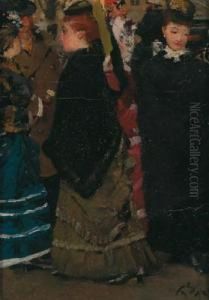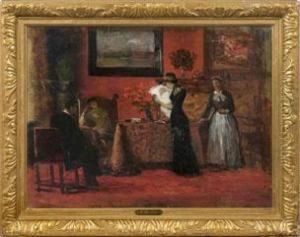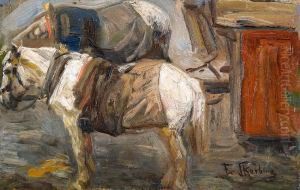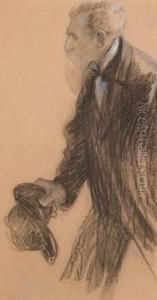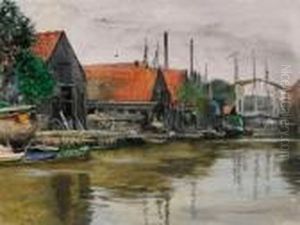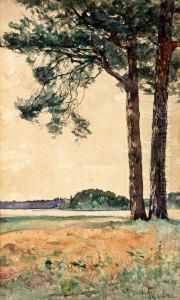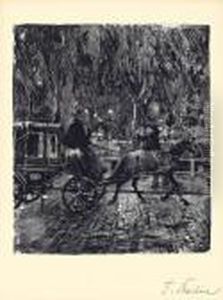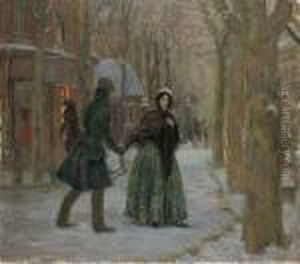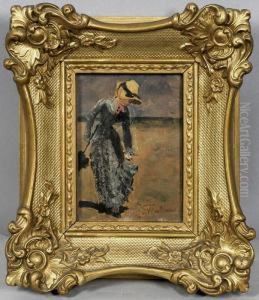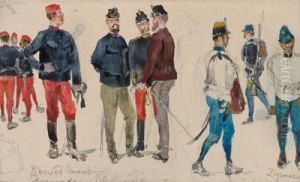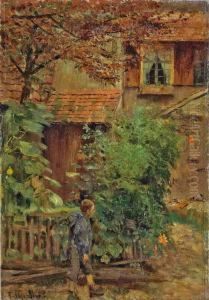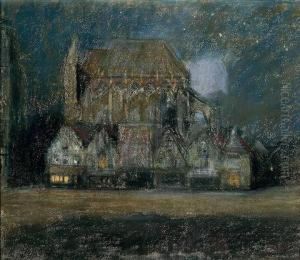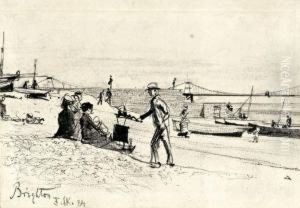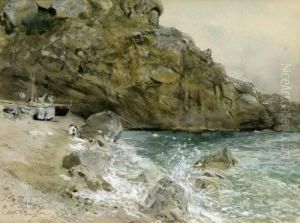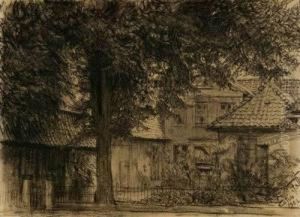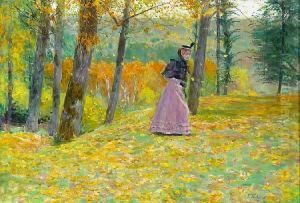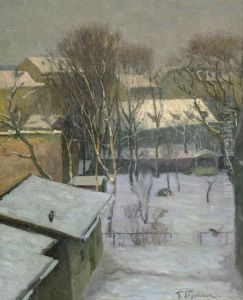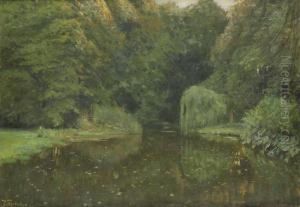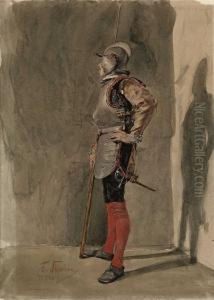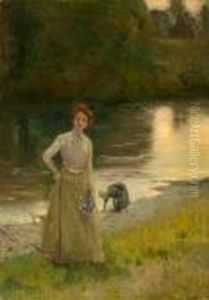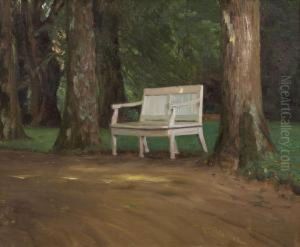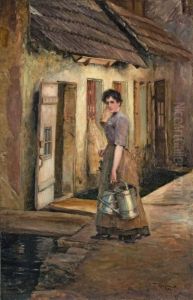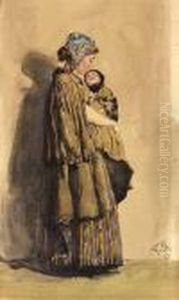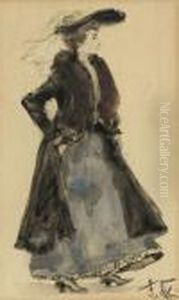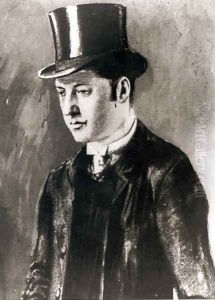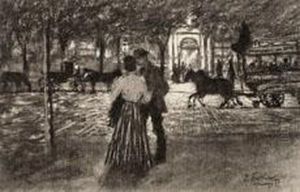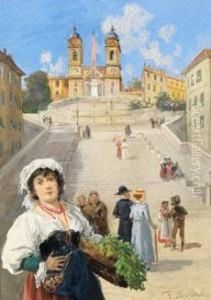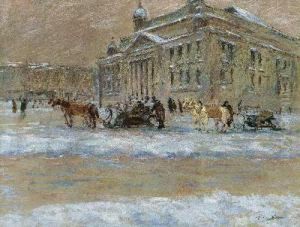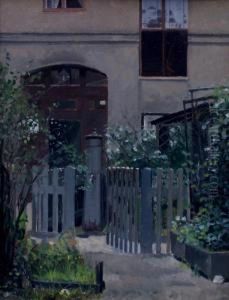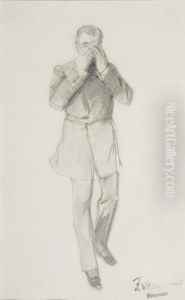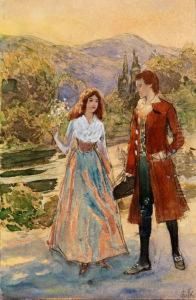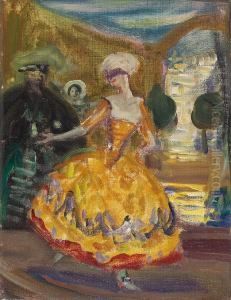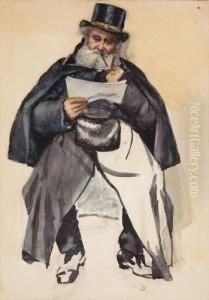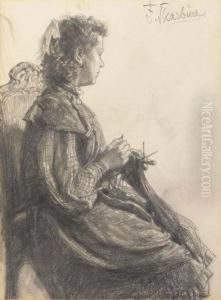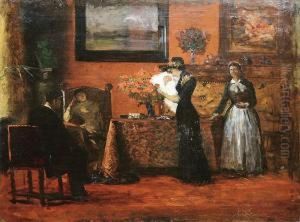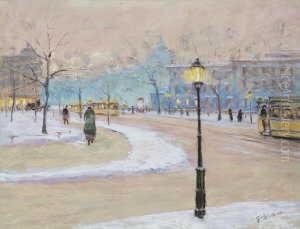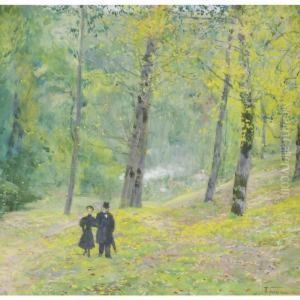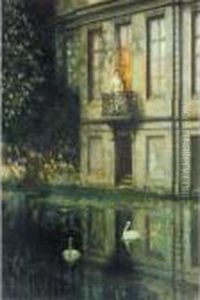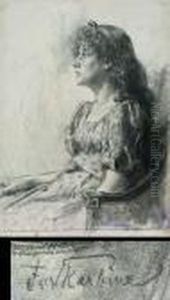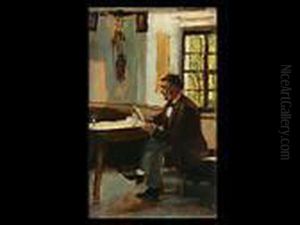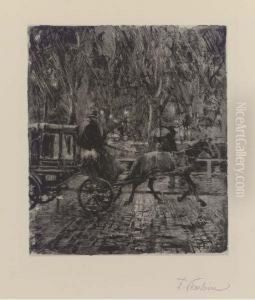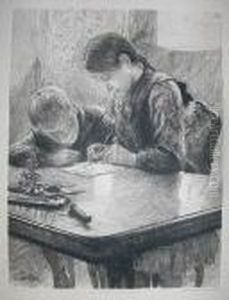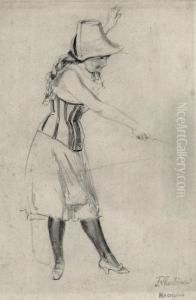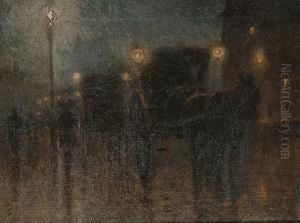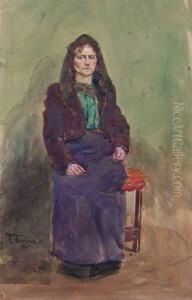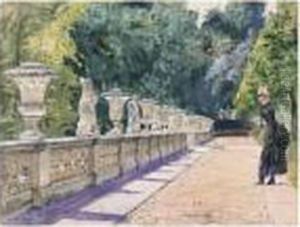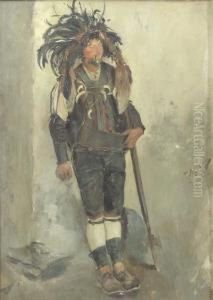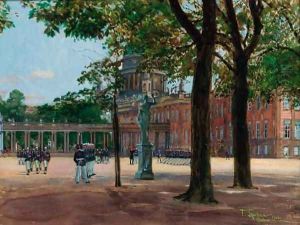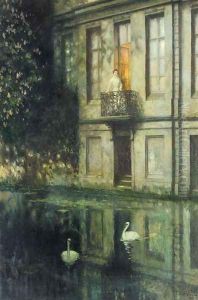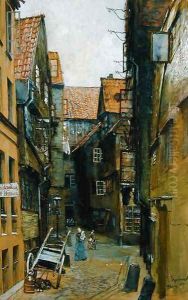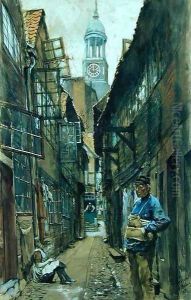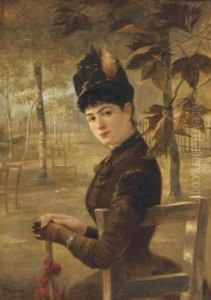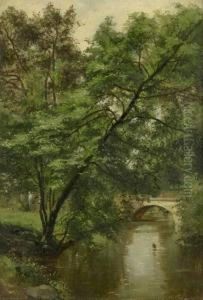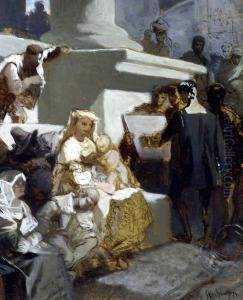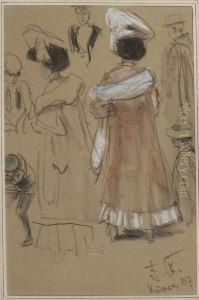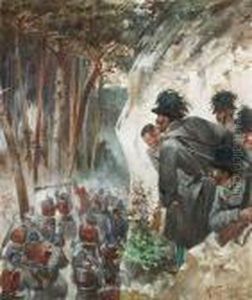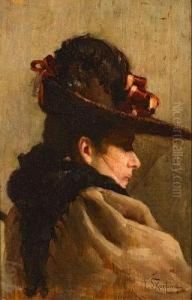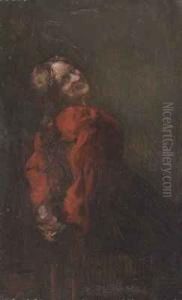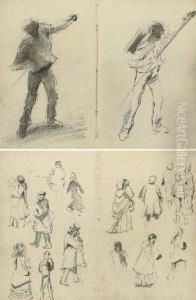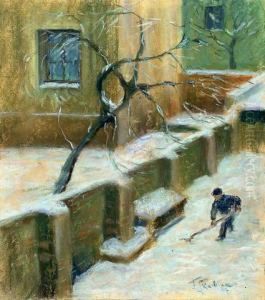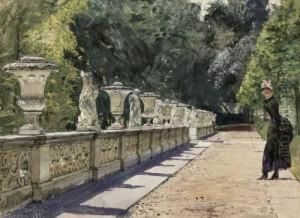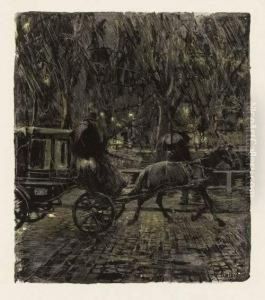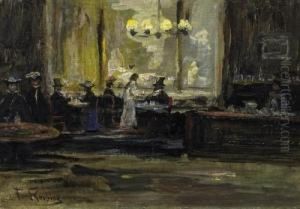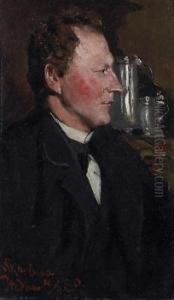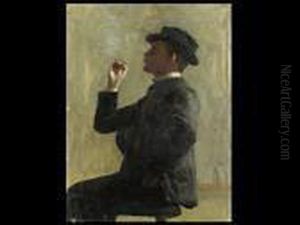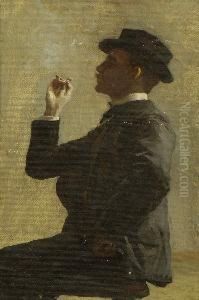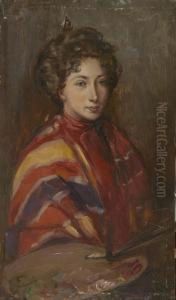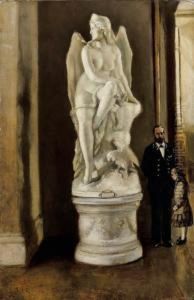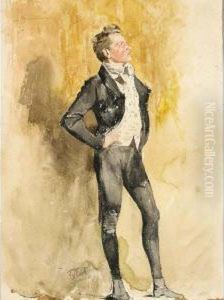Franz Skarbina Paintings
Franz Skarbina was a German painter and illustrator, born on February 24, 1849, in Berlin. He is recognized for his genre scenes, landscapes, and urban views, particularly of Berlin. Skarbina was a pivotal figure in the Berlin art scene at the turn of the 20th century and is often remembered for his ability to capture the atmosphere and daily life of the city.
Skarbina began his artistic education at the Prussian Academy of Arts in Berlin, where he studied under renowned artists such as Carl Steffeck. After completing his studies, he traveled extensively across Europe, including stays in Italy and France, which influenced his artistic style. In Paris, he was particularly impressed by the works of the French Impressionists, whose influence can be seen in his lighter palette and brushwork.
Throughout his career, Skarbina exhibited his work frequently and was a member of various artistic societies. He also taught at the Berlin Academy of Arts, where he influenced a generation of artists. Skarbina's work was characterized by a keen observation of light and shadow, which he used to create mood and atmosphere. His paintings often depicted scenes from everyday life, including the bustling streets of Berlin, the lives of the working class, and the changing landscape of the city during the Industrial Revolution.
One of Skarbina's most famous works is 'Die Berliner Straße im Regen' (Berlin Street in the Rain), which showcases his skill in capturing the reflective surfaces of wet streets and the dynamic life of the city. His attention to detail and the ability to evoke a sense of place made him a popular artist during his lifetime.
Franz Skarbina's legacy continues to be celebrated in Germany, where his work is held in high regard. His paintings can be found in many German museums, including the Alte Nationalgalerie in Berlin. Skarbina's contribution to the art world extends beyond his paintings; his illustrations and etchings also demonstrate his versatility and skill as an artist.
Skarbina passed away on December 18, 1910, in Berlin, leaving behind a significant body of work that provides a window into the life and times of late 19th and early 20th century Berlin. His art remains an important record of the social and urban transformation of the city during this period.
